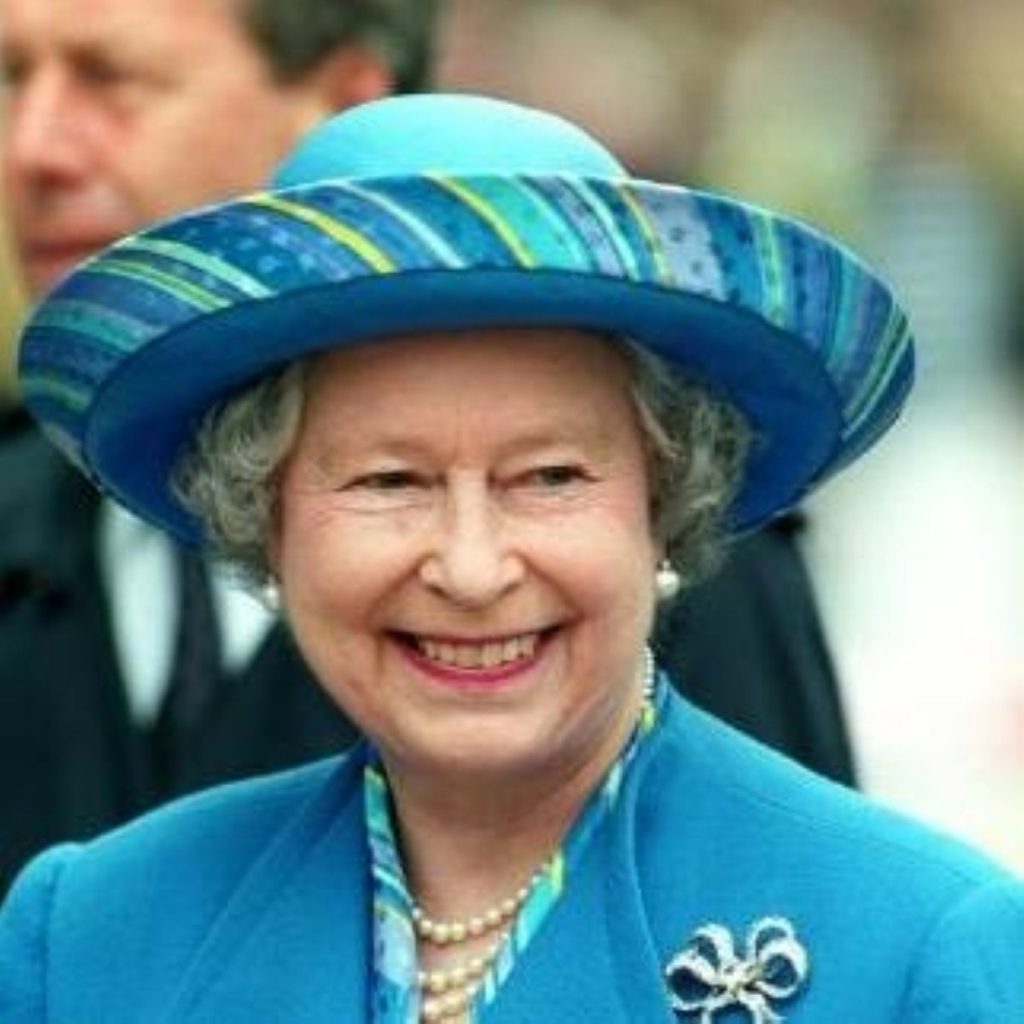Royal spending up by 2.5%
The Queen spent over £36m of taxpayers’ money in her capacity as head of state last year, according to the royal accounts, which were published today.
In a bid to be more transparent and accountable, Buckingham Palace has started opening its books to the public.
Today’s report is the third annual summary of head of state expenditure and includes the details of the Civil List – the money dedicated to the staff and running costs of the Queen’s household – as well as other areas of expenditure such as grants-in-aid for royal properties, and parliamentary annuities that are paid to the Duke of Edinburgh and other members of the royal family for their public duties.
The overall figure was up by 2.5% on the previous year, largely due to the additional costs of the Golden Jubilee, and several major projects such as the refurbishment of Clarence House – the late Queen Mother’s residence.


Civil List expenditure came in a £9.7m and included the following costs:
– £30,000 on flowers;
– 27,000 on wine;
– over £500,000 on food and kitchen expenses;
– the same amount on official garden parties;
– and £27,000 on official gifts.
The major cost for the year, however, was in grants-in-aid, paid by the Department for Culture, Media and Sport and the Department for Transport for royal travel during public duties, and for the upkeep of royal premises, which are of use during state visits and functions as well as being part of the nation’s heritage.
Critics have suggested that far too much of the taxpayers’ money is paid to the royal family – particularly the lesser-known members who have very few official duties. However, the Palace has always defended the expense by pointing out the constitutional role the Queen plays, and the diplomatic services and public duties she carries out.
It also notes that Her Majesty pays back parliamentary annuities for all members of her family – other than the Duke of Edinburgh – out of her private income, which is largely generated by the Duchy of Lancaster. And private residences such as Balmoral are also paid for out of the Privy Purse.
Officials have also stressed thathead of state expenditure has reduced from £87.3m a decade ago – reduction of 59%.
The Keeper of the Privy Purse, Alan Reid, said that the Queen took on a “challenging programme of tours, garden parties and receptions” as head of state, which required funding.
However, Her Majesty’s private income has also been criticised, particularly on the issue of tax. Although she agree to start paying income and capital gains tax in 1993, the Queen avoided paying inheritance tax on her mother’s estate – worth an estimated £70m – that would normally be charged at 40%.
And it is alleged that the system of reimbursing the Treasury for the money paid out to minor royals allows Her Majesty to offset the costs against her personal tax bill, with savings of an estimated half a million pounds.
However, with public polls (carried out by YouGov) showing that 85% of people still believe the Queen is a good ambassador for the UK, and that nearly two-thirds of people are happy to fund the monarchy, many people would suggest that at 60 pence per person per year Her Majesty represents rather good value.












